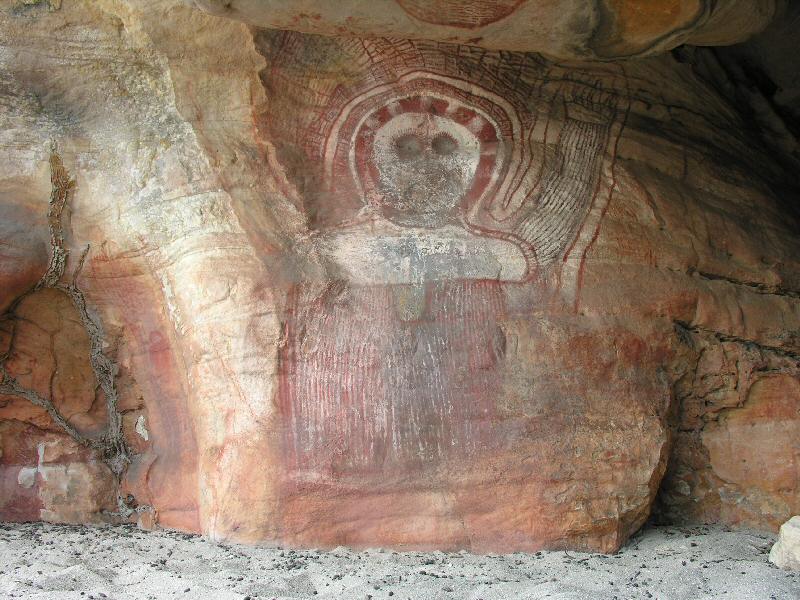Several years ago I was staying in Mackinaw at my mother’s home on the water. On one occasion, I ventured out to the shore and started the daunting task of searching for fossils and shells. I stumbled upon what looked to be a Petoskey Stone, the state stone of Michigan. I was somewhat familiar with the geological make up, consisting of fossilized coral and other sea creatures. However, I never realized what kind of history was hidden beneath the outer core.

© danxcai
The Petoskey Stone is just one example of how sea life through history, captured in fossilized form, can provide insight into archaeological history. More specifically, Native Indian trade and tool making.

The Legend of the Petoskey
According to legend, Petosegay was the child of a descendant of French nobleman and fur trader, Antoine Carre and an Ottawa princess. Petosegay, meaning "rising sun" "rays of dawn" or "sunbeams of promise", was named after the rays of sun that fell upon his newborn face. In keeping with his promising name, Petosegay was a wealthy fur trader who gained much land and acclaim for himself and his tribe. He was remarked upon to have a striking and appealing appearance, and spoke English very well. He married another Ottawa, and together they had two daughters and eight sons. In the summer of 1873, a few years before the Chiefs' passing, a city began on his land along the bay of Bear Creek. The settlers christened the newborn city Petoskey, the English translation of Petosegay.
The Town of Petoskey
Petoskey Stones are typically found in the town of Petoskey where several of the Nick Adams stories describing his summers on Walloon Lake were transcribed by Ernest Hemingway.
Petoskey was also the site where “Calliope”, the protagonist of Jeffrey Eugenides' Middlesex, is involved in some events that take a very severe direction. Eugenides was also known for his 1993 novel, The Virgin Suicides, which gained mainstream interest with the 1999 film adaptation directed by Sofia Coppola.
The town of Petoskey itself is most popular for its Petoskey Stone Festival where citizens celebrate a stone that is strictly native to Northern Michigan. The festival is a one of a kind display of decorative pieces, jewelry, and many other items crafted out of Petoskey stones.
Archaeological History of the Petosky Stone
Image via Wikipedia

Phacopid trilobite from the Devonian

During the Devonian Period, which occurred in the Paleozoic era, the first fish evolved legs and started to walk on land as tetrapods. Various terrestrial arthropods also became well-established. During this period, colony corals covered all of what is now the beautiful state of Michigan. Over time, the corals became fossilized and formed compacted sheets of rocks and were buried for centuries.
SEM image of a hederelloid from the Devonian of Michigan

Later, the stones were formed as a result of glaciation, in which razor sharp sheets of ice plucked stones from the bedrock, grinding off their rough edges and depositing them in the northwestern portion of Michigan.

If you happen to find these stones in dry form, they resemble ordinary limestone. However, when they are polished, the unique patterns emerge, taking on star like patterns with spikes. For the novice Geologist, the more angular in form these stones appear, the younger they are. If you happen to find a rounded and smooth stone, this will indicate that the stone itself has been exposed to more glacial erosion and weathering, and it’s much older than your angular find.
Interesting Fact: The name of the was derived from an Ottawa Indian Chief, Chief Pet-O-Sega. The town of Petoskey was named after him as well.



















































